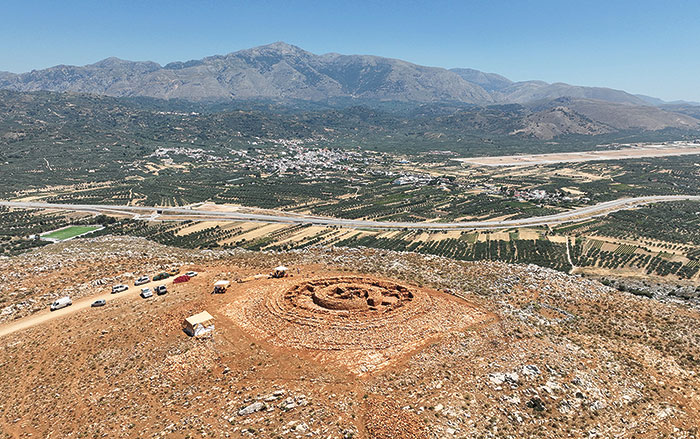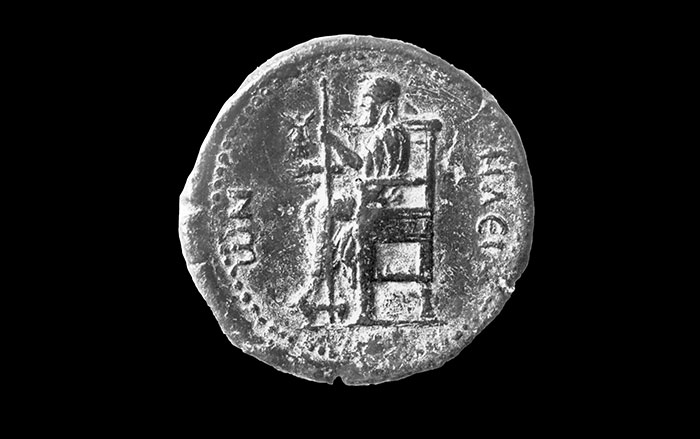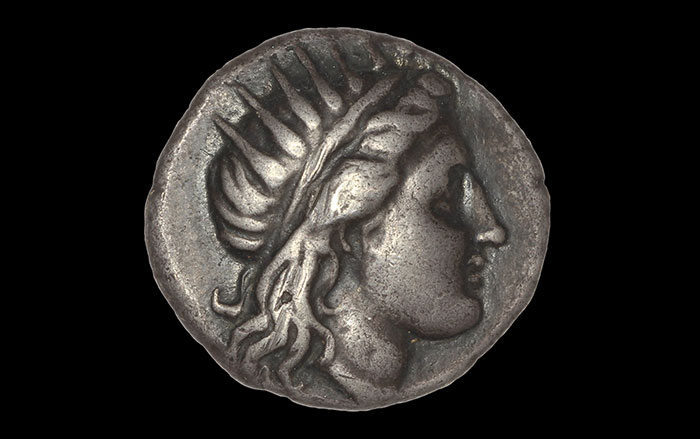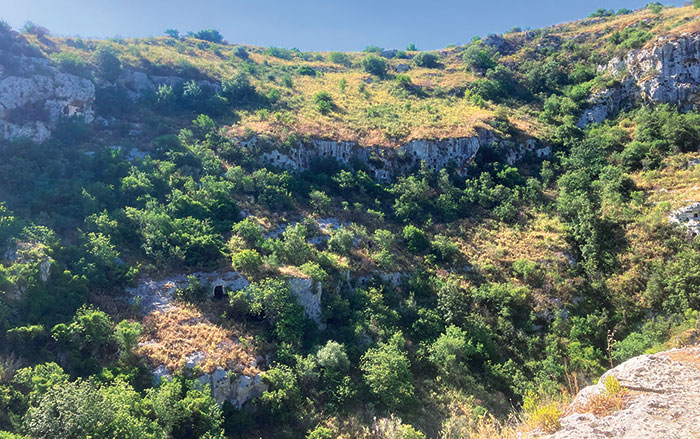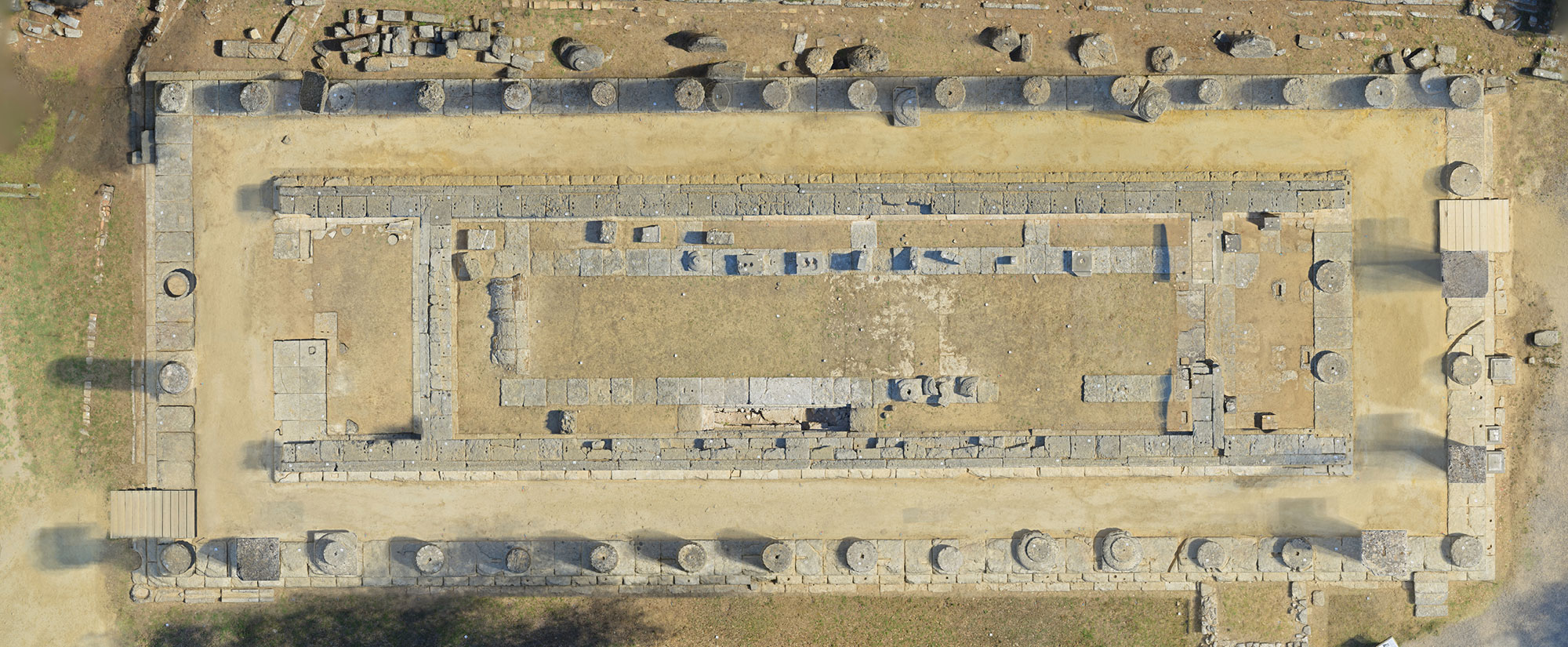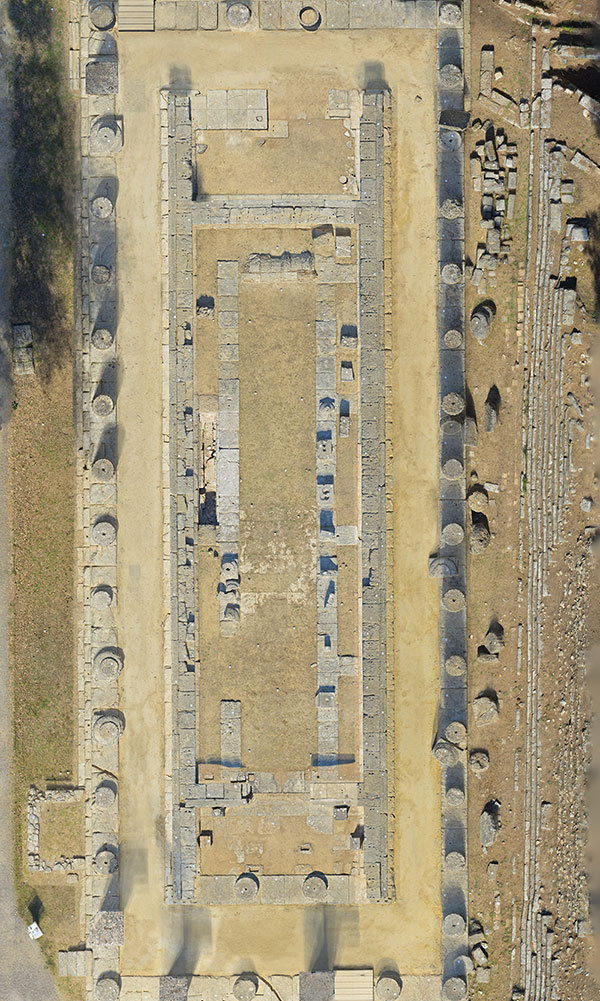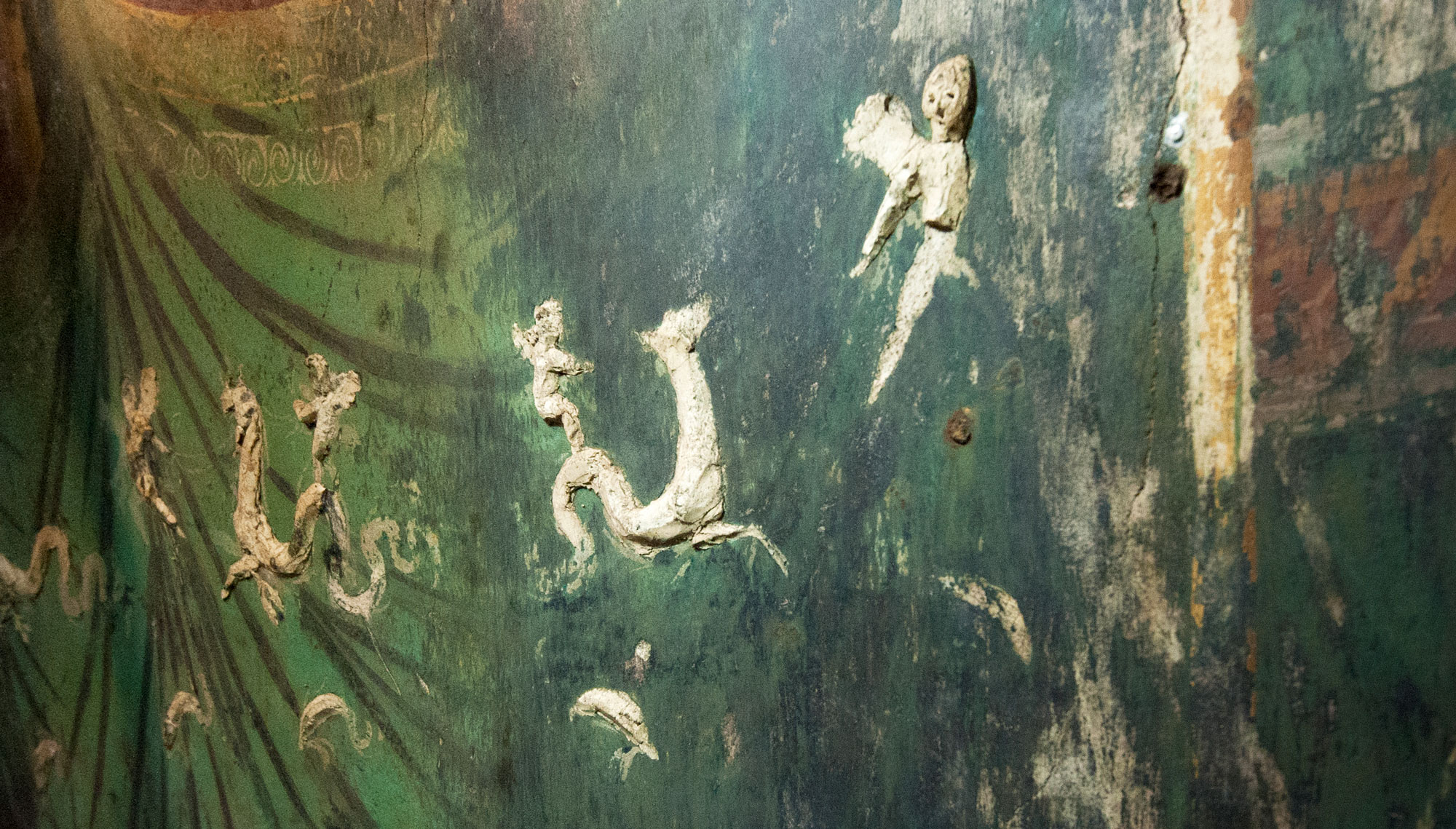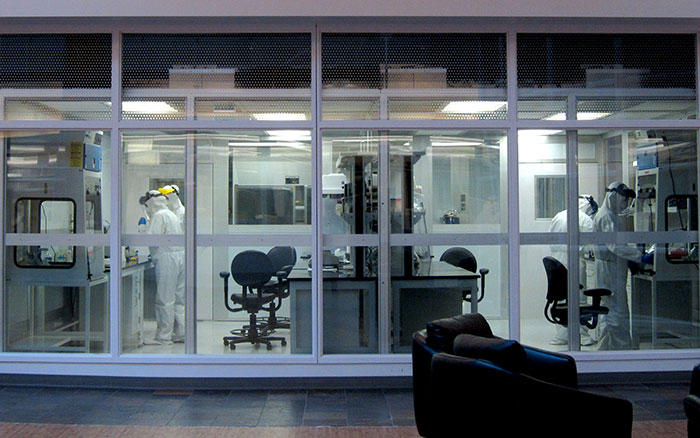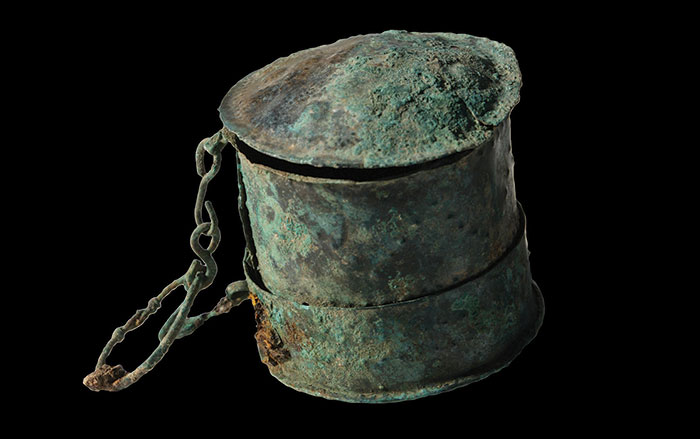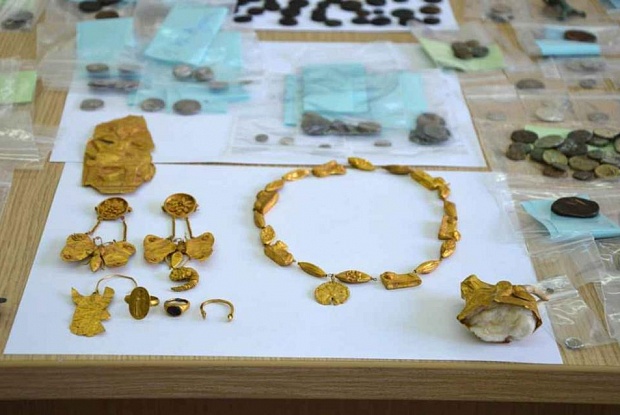
PATRAS, GREECE—The Associated Press reports that police in western Greece broke up an alleged antiquities smuggling ring after a 14-month investigation, arresting 26 people and recovering more than 2,000 artifacts and fake provenance documents. Most of the artifacts were ancient coins, but gold jewelry, bronze figurines, glassware, and stone and marble statues were also recovered. The oldest of the objects date to the sixth century B.C. The police department says that the artifacts were looted from archaeological sites across Greece and sold to auction houses and private buyers in Germany, Austria, Switzerland, and the United Kingdom. The investigators also found metal detectors, guns, counterfeit license plates, and currency such as euros, U.S. dollars, and Kuwaiti dinars. The suspects reportedly kept extensive records that will help authorities track down artifacts that have already been sold. “For very many of the coins we have full documentation, starting from when they were discovered in the earth to the auction at which they were sold,” said police spokesperson Haralambos Sfetsos. To read more about Greece, go to “A New View of the Birthplace of the Olympics.”


